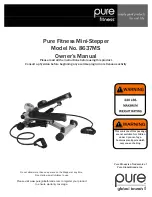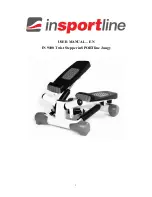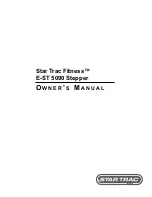
Needle and thread table
Selecting needles
52
Manual • Sewing machine W6 N 2000 Exklusive W6 N 2000 Exklusive • 27/04/2018 • 1.0 • GBR
6.
Insert the new needle directly upwards into the needle holder up to the
stop.
!
Take care that when inserting the needle, the flat side points towards
the rear.
The needle clamp screw must be opened slightly further when, for
example, you remove a Size 75 needle and insert a Size 90.
7.
Manually tighten the thumb screw of the needle finger-tight.
8.
Check, by turning the
‹hand wheel›
forwards (towards you), whether the
needle has been inserted properly.
»
The needle has been inserted
7.3
Needle and thread table
Good sewing begins with the correct selection of a needle that is matched
to the material to be sewn. The table below helps in this regard.
Take note of the following basic principles when selecting materials:
•
Needle and thread must match the fabric that is to be sewn.
•
Use thread of the same thickness and the same material for the upper
and lower threads.
•
Use only sharp, straight and undamaged needles for your sewing.
Needle selection
Weight
Fabric
Needle type
Needle
size
Very
light
Chiffon, Crépe de Chine, sheer
crépe
Silk crépe,
Georgette
7HAx1GT
Light
Silk, Crépe de Chine, sheer crépe
Silk crépe,
Georgette
7HAx1GT
Medium Chambray, handkerchief linen,
gingham, challis percale, wool
crépe, pure silk, taffeta
Blue Tip
75
Medium Cotton satin, surah silk, crépe rein-
forced with cotton satin, Qiana
Woven fabrics
70
Medium Single stretch knitted fabric, thin
jersey, swimwear, tricot
Super-Stretch
75
Medium Any form of Microtex (functional
material)
Microtex
60 - 70
Medium Suede
Leather needle 90
Medium Flannel, velour, velvet, muslin,
velveteen
Universal
woven fabrics
80
Heavy
Poplin, corded wool fabric, linen,
chintz, gabardine, felt, terry fabrics,
quilting, double knitted fabric
(synthetic or natural)
Universal
woven fabrics
90
















































